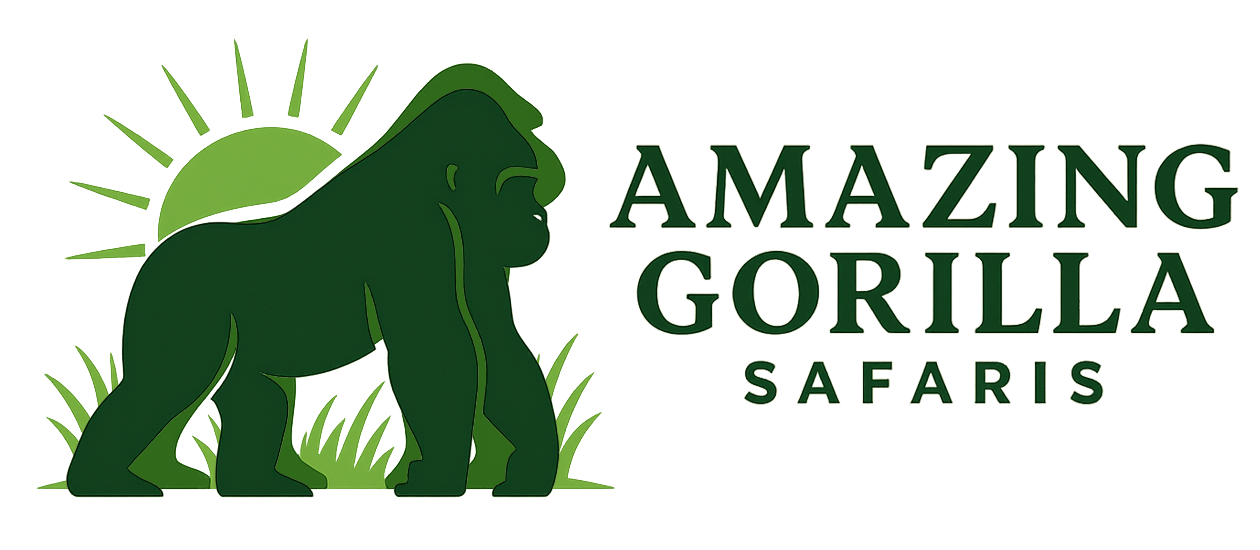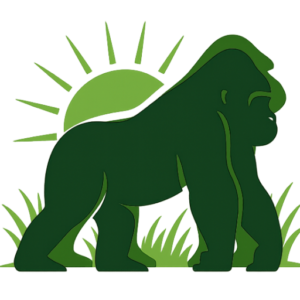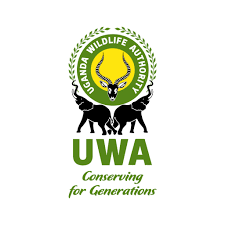Semuliki Valley: Uganda’s Gateway to the Congo Basin
Tucked away in the far western corner of Uganda, between the snowcapped Rwenzori Mountains and the vast Ituri forests of the Democratic Republic of Congo, lies the Semuliki Valley. Remote, humid, and richly diverse, this valley forms part of Semuliki National Park, one of the most unique conservation areas in East Africa. Unlike the savannah parks that dominate Uganda’s safari circuit, Semuliki is a place where Central Africa meets East Africa, offering travelers an experience that feels distinctly different—wild, mysterious, and deeply rewarding.
The landscape of the Semuliki Valley is shaped by the Albertine Rift, a branch of the Great Rift Valley. Here, tropical lowland rainforest spreads across rolling hills and riverine plains, creating an environment more reminiscent of the Congo Basin than of typical East African terrain. Towering mahoganies, ironwood trees, and lianas form a dense canopy, while beneath them, swamp forests and river channels carve out lush habitats. The Semuliki River itself meanders through the valley, a slow, muddy waterway that ultimately feeds into Lake Albert. This rich mosaic of habitats makes the valley a biodiversity hotspot unlike any other in Uganda.
Wildlife thrives in Semuliki, though it is not always as easily visible as in savannah parks. The forest shelters elephants, buffaloes, leopards, bush pigs, and primates such as grey-cheeked mangabeys, de Brazza’s monkeys, and olive baboons. Hippos and crocodiles inhabit the riverbanks, while the dense vegetation conceals smaller mammals and reptiles. Birdlife is spectacular, with over 440 species recorded, many of them more typical of Central Africa than Uganda. The Congo serpent eagle, long-tailed hawk, and Nkulengu rail are just a few of the prized sightings that make Semuliki a magnet for serious birdwatchers.
Perhaps the most fascinating features of the valley are the Sempaya Hot Springs, natural geothermal wonders that bubble up dramatically from the forest floor. The male and female springs, known locally as “Bintente” and “Nyasimbi,” are surrounded by steamy vapors and mineral deposits, creating a surreal landscape. Visitors can watch water shoot meters into the air or even cook eggs in the boiling pools, a tradition that has become part of the local experience. These hot springs are not only geological curiosities but also hold cultural significance, with stories and beliefs tied to them by local communities.
The human dimension of the Semuliki Valley adds richness to the experience. The area is home to diverse ethnic groups, including the Bakonjo, Bamba, and Batuku, as well as the Batwa pygmies, who are regarded as some of the earliest inhabitants of the region’s forests. Cultural tours allow visitors to engage with these communities, learning about traditional hunting, farming, music, and dance, which bring the living history of the valley to life.
For travelers, a visit to Semuliki Valley feels like stepping into a different world within Uganda. It is a place of contrasts—steamy hot springs against cool riverine forests, Congo Basin birdlife alongside East African mammals, and cultural traditions woven into every part of the landscape. The valley may lack the easy game viewing of other parks, but it rewards those who come with experiences that are rare, authentic, and deeply memorable.
To journey through Semuliki Valley is to discover Uganda’s hidden frontier—a place where East Africa ends and Central Africa begins, where wilderness thrives untamed, and where the echoes of ancient forests still linger in the air.




